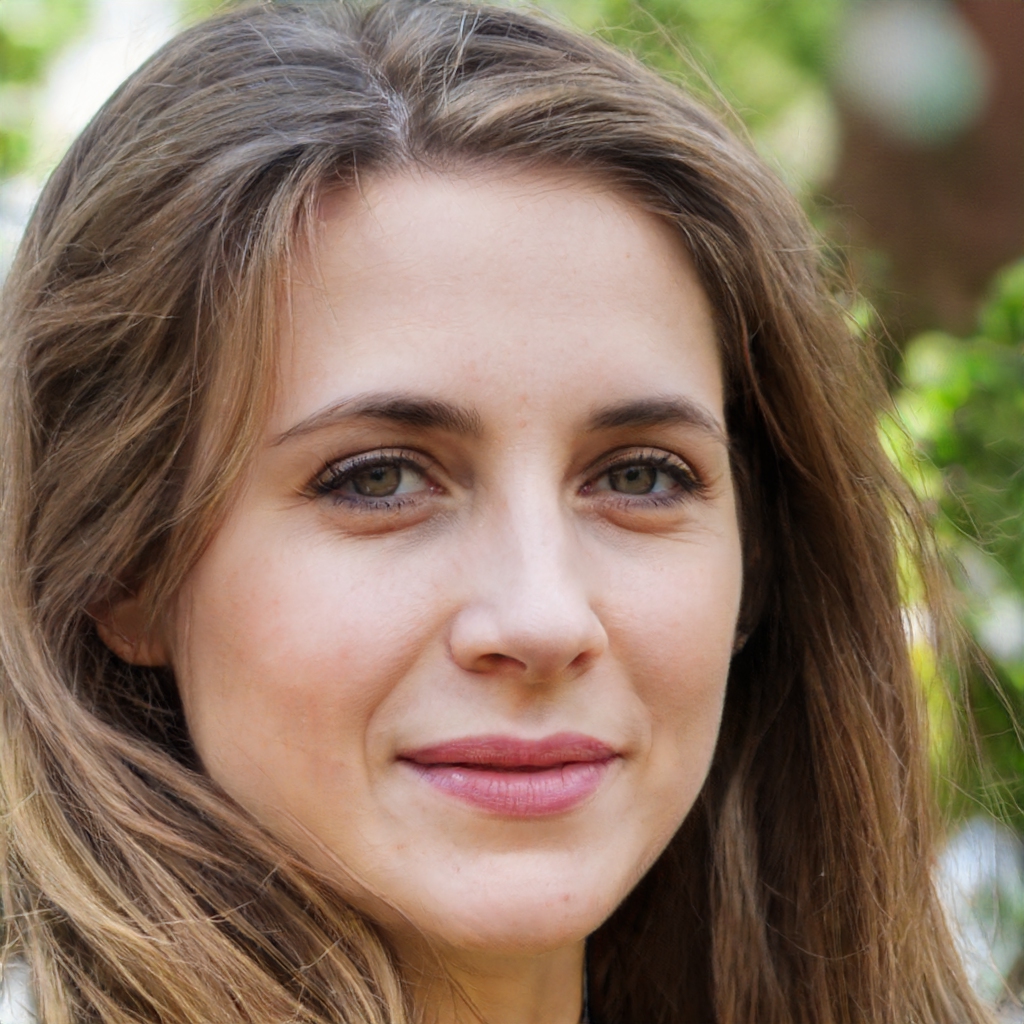The Central Provident Fund (CPF) is a compulsory savings scheme that provides retirement, healthcare and housing protection for working Singaporeans and permanent residents. Employees contribute a percentage of their monthly wages to their CPF account, while employers match these contributions. The CPF savings can be used for a variety of purposes, including buying a home, investing in approved financial products, paying for healthcare and education, and supplementing retirement income.
What is difference between EPF and CPF?
The Employees' Provident Fund (EPF) is a retirement savings scheme for private sector employees in Malaysia. The scheme is managed by the Employees' Provident Fund Organization (EPFO).
The Central Provident Fund (CPF) is a social security savings scheme for Singaporeans and permanent residents. The scheme is managed by the Central Provident Fund Board (CPFB).
There are several key differences between the EPF and CPF schemes.
The EPF is mandatory for all private sector employees in Malaysia, while the CPF is mandatory for all employed Singaporeans and permanent residents.
The EPF allows members to withdraw their savings when they reach the age of 55, while the CPF allows members to withdraw their savings when they reach the age of 65.
The EPF does not provide healthcare benefits, while the CPF does provide healthcare benefits.
The EPF does not provide housing benefits, while the CPF does provide housing benefits.
The EPF does not provide disability benefits, while the CPF does provide disability benefits.
Why is CPF required?
In order to receive a retirement pension, an individual in Singapore must have contributed to the Central Provident Fund (CPF) for at least 20 years. The CPF is a social security savings plan that is mandatory for all employed persons in Singapore. It is used to fund retirement, healthcare, and housing needs.
What kind of fund is Central Provident Fund of Singapore? The Central Provident Fund (CPF) of Singapore is a government-sponsored retirement savings scheme that requires employers to contribute a portion of their employees' salaries into their CPF accounts. Employees also contribute a portion of their salaries into their CPF accounts, and the CPF Board uses these funds to invest in a variety of assets including housing, healthcare, and retirement income.
The CPF is a mandatory savings scheme for all employed Singaporeans and permanent residents, and it is one of the key pillars of the Singaporean social safety net. The CPF Board is an autonomous statutory board that manages the CPF.
When was CPF retirement account introduced? The CPF retirement account was introduced in 1955 as part of the Central Provident Fund scheme in Singapore. The scheme was created to provide social security for workers in the country, and the retirement account is one of the three main accounts under the scheme. The other two accounts are the Medisave account and the Special account.
What is CPF Retirement Account?
The CPF Retirement Account is a savings account that is set up by the Central Provident Fund (CPF) Board for Singaporeans to save for their retirement. The account is used to top up the retirement savings of Singaporeans who are members of the CPF. The retirement account is separate from the other accounts in the CPF, such as the Medisave account and the Ordinary account.
The CPF Retirement Account is a long-term savings account and members are not allowed to withdraw from it until they reach the age of 55. At that point, members can use the money in the account to top up their retirement savings, which can be used to draw a retirement income.
The CPF Retirement Account is a useful tool for Singaporeans to save for their retirement, as it provides a safe and secure way to grow their savings. The account also offers members a good rate of return, which is higher than the interest rates on most other savings accounts.
